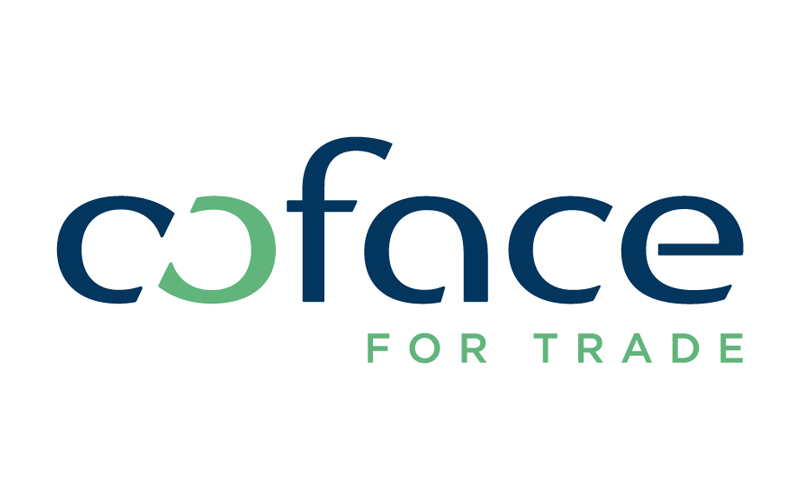HONG KONG SAR – 14 April 2021 – The China-Australia bilateral relationship deteriorated sharply over 2020, with China imposing both formal and informal trade restrictions on a number of Australian exports, including coal, barley, beef, wine, cotton among others. However, Coface expects that Australia’s GDP to be back to 2019 level as soon as this year. But there are growing concerns that an escalation of bilateral tensions will see China hardening its stance towards Australia and possibly start targeting Australian services exports, particularly in tourism and education which could see 2% of Australia’s GDP at risk.
The reasons for bilateral tensions between China and Australia
The China-Australia bilateral relationship is multi-facet, ranging from national security, economics and trade to foreign policy and domestic politics. Trade relations between China and Australia deteriorated when Australia’s Anti-Dumping Commission extended anti-dumping duties on Chinese stainless steel sinks on 28 February 2020 following an investigation into Chinese aluminium extrusions.
Between March and July last year, there were a further eight anti-dumping actions against Chinese products, such as steel[1]. On 19 April 2020, Australia pushed for a call for an investigation into the origins of coronavirus, adding to pressure on China over its handling of the Covid-19 outbreak. During May 2020, China imposed anti-dumping and anti-subsidy duties on Australian barley imports into China, citing investigations that started in 2018. China subsequently imposed tariffs on other Australian exports, such as wine, as well as formal and informal bans on products ranging from beef and timber to cotton and coal.
A resilient Australian economy
With China taking more than one-third of Australia’s total exports, rising trade tensions are seen as a potential threat to Australia’s economic outlook. However, iron ore, the mainstay of Australian exports to China, has been spared in the ongoing trade dispute, due to a lack of suitable alternatives. Meanwhile, despite China’s trade action, the Australian economy continued a solid recovery from the pandemic, registering two consecutive quarterly GDP growth in the second half of 2020 as business conditions move towards normality following an easing of containment measures.
Bilateral relations may worsen further
Chinese trade restrictions so far have a muted impact on the broader Australian economy due to two main factors: first, the ability of some affected sectors to find alternative markets, such as Saudi Arabia for barley, and Southeast Asian countries for cotton, and second, top exports such as iron ore and natural gas were not targeted by China. With both sides interpreting the dispute through the lens of national sovereignty, the situation is unlikely to improve any time soon. We expect Australia’s GDP to be back to 2019 level as soon as this year.
Future development of China-Australia tensions will be closely monitored by Asian countries for guidance as to the extent of economic damage potentially suffered should they be caught in a similar situation. Furthermore, amid the ongoing strategic competition and political differences between the US and China, Asian countries will be hard-pressed if they are forced to choose between the two sides.
Coface: for trade
With 75 years of experience and the most extensive international network, Coface is a leader in trade credit insurance and adjacent specialty services, including Factoring, Debt Collection, Single Risk insurance, Bonding and Information services. Coface’s experts work to the beat of the global economy, helping ~50,000 clients, in 100 countries, build successful, growing, and dynamic businesses across the world.
Coface helps companies in their credit decisions. The Group’s services and solutions strengthen their ability to sell by protecting them against the risks of non-payment in their domestic and export markets. In 2020, Coface employed ~4,450 people and registered a turnover of €1.45 billion.

















